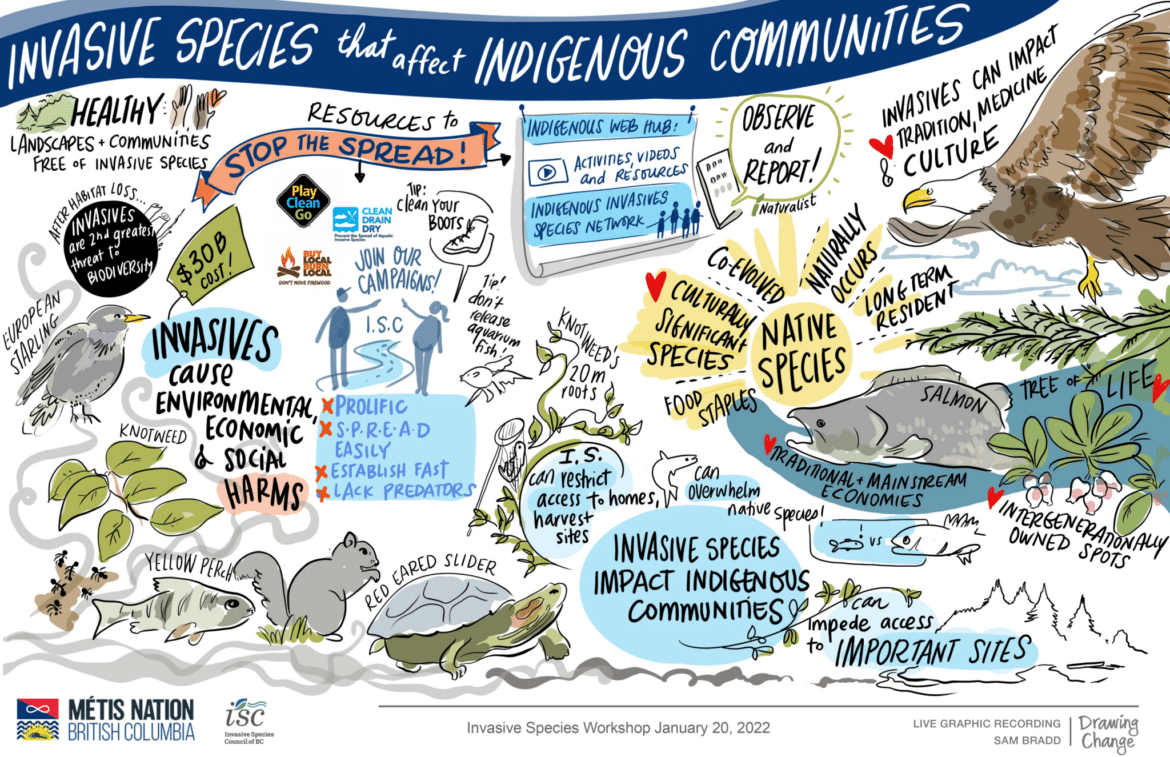Invasive species threaten traditional Indigenous practices
Indigenous people have a sacred relationship with the land. Indigenous practices, traditions and ways of life are threatened by many things, including invasive species.
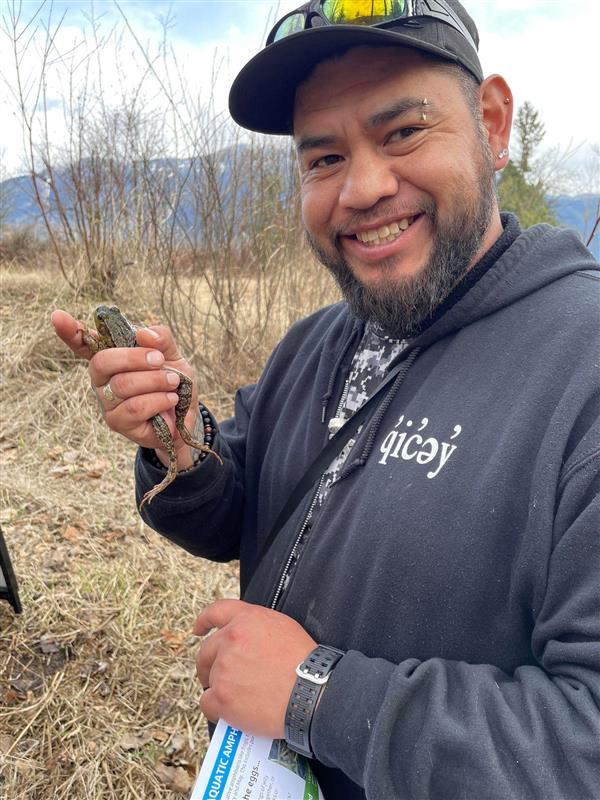
“I have understood and witnessed how dense invasive plants/animals prevent the establishment of native shrubs (i.e., Salmon berry), limits food sources, [provides] little to no habitat for nesting birds and little to no cover for small/large mammals. The relationship between invasive species and preservation of Indigenous knowledge has given me a chance to identify, inventory, and monitor problematic and treatable areas within the Katzie First Nation Territory.” – Burgess Pierre, Crew Lead and Senior Field Technician with KDLP, and member of the Katzie First Nation.
“When gathering traditional foods or medicines, Elders, small children and people with physical disabilities can have more challenges accessing the gathering sites when invasive species encroach these locations. Often these groups access gathering sites that are close to old dirt roads where they don’t have to walk far from a vehicle to harvest. Unfortunately, these areas are prime locations where invasive species can spread.” – Sage Flett Kruger, Indigenous Engagement Manager for the Trails Society of BC and a member of the Penticton Indian Band.

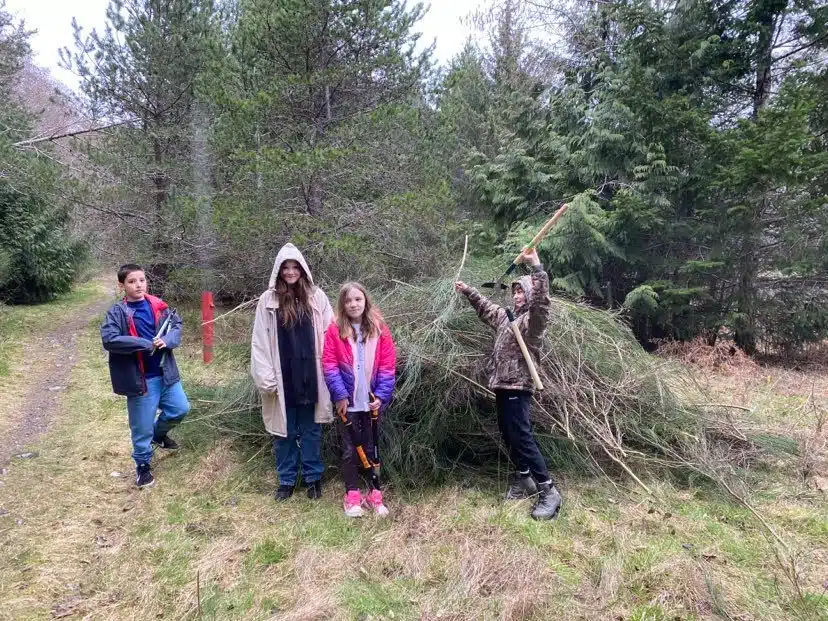
“Sometimes I walk through the forest, and I see something I’ve never seen before. My first instinct is to doubt myself and believe it is something I’ve just never encountered. But as time goes on, I realize that what I’m seeing are species that are non-Indigenous. It is complicated because on the flip side I also don’t see species that I used to see in abundance. Harlequin ducks, jumping spiders, limpets have all but disappeared where they were once abundant.” – Carrie Reid, who carries the name Xwantumaat, member of the Qualicum First Nation and a prevention worker.
Videos
Overview
Indigenous youth taking action to manage invasive species in our communities and territories.
Overview
Future leaders working together to take action against invasive species!
Overview
Indigenous youth and communities working together with ISCBC to protect their territories from invasive species. There is so much we can do when we work together!
Overview
We have a responsibility to protect the environment and native species from the impacts of invasive species.
Overview
As part of the Indigenous work of the Council, the Invasive Species Council of BC produced a video to showcase the work Indigenous communities are engaging in around invasive species. This was produced in conjunction with the INVASIVES 2018 Forum and several of the case studies highlighted in the Indigenous Community Toolkit for Invasive Species Management.
Overview
We caught up with Lorna Shuter, Production Supervisor of Shulus Gardens, Lower Nicola Indian Band to discuss the impacts of invasive species on their local sustainable food initiative. Shulus Gardens makes use of some very hungry goats who are able to eat away invasive weeds impacting the garden!
Overview
Brian Holmes, JJ Holmes, and Lennard Joe describe the impacts of invasive species like yellow perch on the Nicola River and traditional Indigenous hunting and gathering areas.
Resources
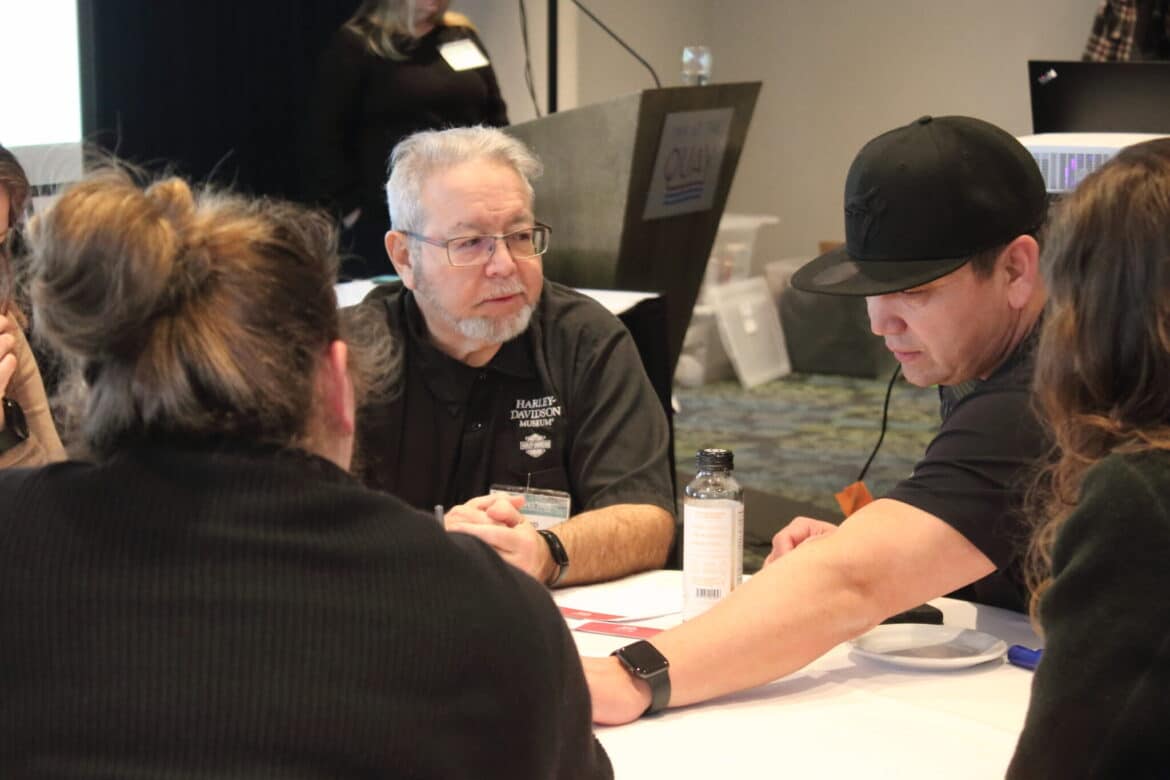
Indigenous Invasive Species Network – The Indigenous Invasive Species Network (IISN) is a collaborative knowledge exchange hosted by the Invasive Species Council of BC. As of November 1st, 2023, the IISN has 211 members representing Indigenous communities across BC.
IISN workshop Feb 2023
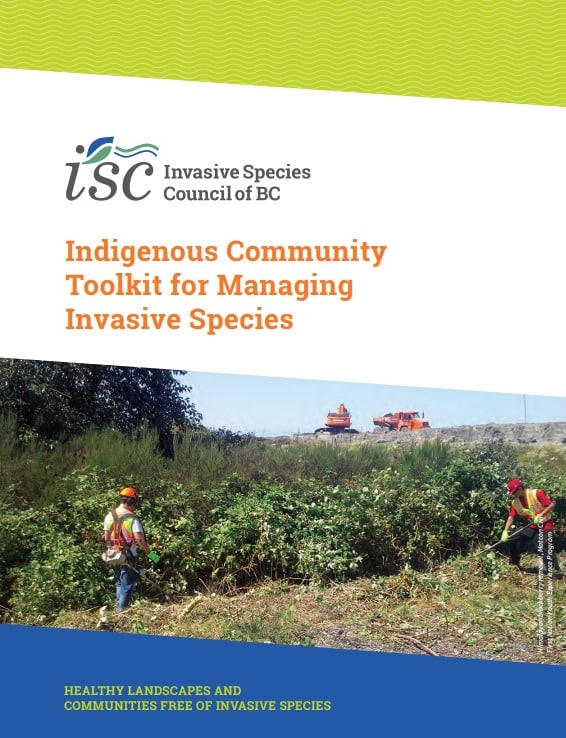
Indigenous tool kit – Providing information, guidance, and resources, this toolkit offers support to Indigenous communities working to reduce the impact of invasive species in their territories across BC.
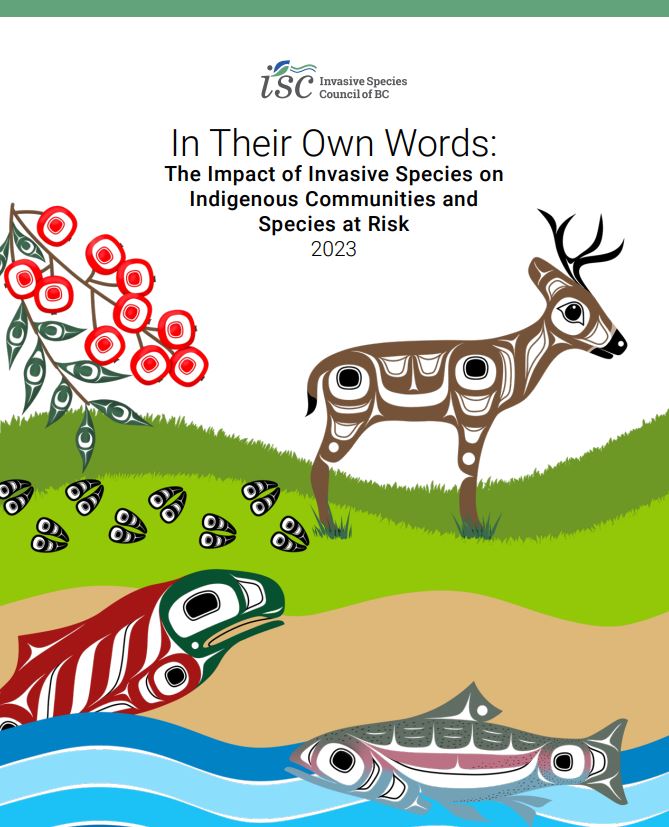
Indigenous Case Studies (‘In their Own Words: The Impact of Invasive Species on Indigenous Communities and Species at Risk’) – This comprehensive report shares five first person accounts, Indigenous perspectives that illustrate the impacts of aquatic invasive species on culturally important species at risk. A literature review concludes the report, broadly considering the impacts of invasive species on culturally significant species at risk.
Together we are stewards of the land, and we are grateful for Indigenous knowledge and leadership.
The Invasive Species Council of BC is proud to work with Indigenous communities across BC to identify, observe, report and manage invasive species. Indigenous partners play a significant role in the work we do, including making recommendations; training and resource development; and identifying opportunities to build key partnerships.
